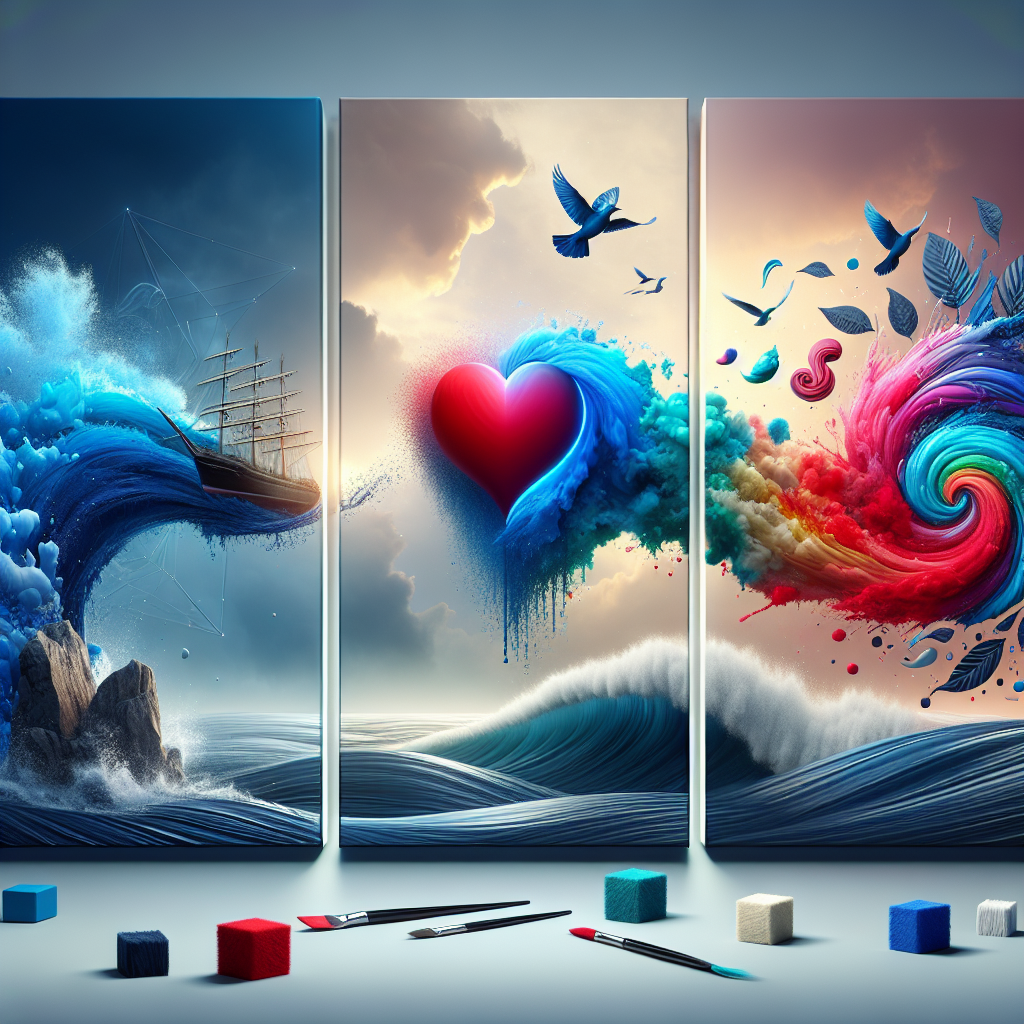The Art of Graphic Design: Creating a Timeless Brand
In the ever-evolving world of business, the need for a strong brand identity is more important than ever. Graphic design plays a pivotal role in creating a timeless brand that resonates with audiences across generations. Whether you’re a seasoned designer or a business owner looking to revamp your brand, understanding the art of graphic design can be a game-changer. 🎨
Understanding the Core of Graphic Design
At its heart, graphic design is the art of communication. It involves the use of visual elements to convey ideas, provoke emotions, and influence perceptions. A well-crafted design is not only aesthetically pleasing but also functional and effective in delivering its message.
Graphic design encompasses a variety of elements, including typography, color, imagery, and layout. Each of these components plays a crucial role in shaping how a brand is perceived by its audience. The key is to strike a balance between creativity and strategy, ensuring that the design aligns with the brand’s goals and values.
Building a Timeless Brand Identity
Creating a brand identity that stands the test of time requires a deep understanding of your brand’s essence. It’s about capturing the core of what makes your brand unique and translating that into a visual language that resonates with your audience.

Start by defining your brand’s mission, vision, and values. These elements form the foundation upon which your brand identity is built. Once you have a clear understanding of your brand’s essence, you can begin to explore the visual elements that will bring it to life.

Consider the following steps to build a timeless brand identity:
1. Embrace Simplicity
When it comes to graphic design, less is often more. Timeless brands are built on simplicity and clarity. Think of iconic brands like Apple or Nike; their logos are simple yet powerful. A clean, uncomplicated design is more likely to remain relevant over the years.
Focus on creating a design that is easy to recognize and remember. Avoid over-complicating your logo or adding unnecessary elements that may detract from its core message. Simplicity fosters versatility, allowing your brand to adapt to various contexts and platforms effortlessly.
2. Choose Colors Wisely
Color is a powerful tool in graphic design, capable of evoking emotions and influencing perceptions. When choosing colors for your brand, consider the psychological impact they have on your audience. Different colors can convey different messages; for instance, blue often signifies trust and stability, while red can evoke excitement and passion.
Develop a color palette that reflects your brand’s personality and values. Consistency is key, so ensure your color scheme is used consistently across all brand materials and platforms. This helps in building brand recognition and loyalty.
3. Prioritize Typography
Typography is another critical element in graphic design that can significantly impact how a brand is perceived. The right choice of fonts can enhance your brand’s personality and ensure readability across various mediums.
Select fonts that align with your brand’s tone, whether it’s formal, playful, modern, or traditional. Consistency in typography helps create a cohesive look and feel for your brand, strengthening its identity.
4. Create a Memorable Logo
Your logo is the face of your brand and one of the most important elements of your brand identity. It should encapsulate the essence of your brand in a single image. Designing a memorable logo requires creativity, research, and an understanding of your brand’s unique attributes.
Consider working with a professional designer who can help bring your vision to life. A great logo is versatile, scalable, and works well in both color and black-and-white formats.
5. Stay True to Your Brand Story
Every brand has a story, and your graphic design should reflect that narrative. A compelling brand story can differentiate you from competitors and create an emotional connection with your audience.
Ensure that all design elements align with your brand story, from the logo to marketing materials. Consistency in storytelling helps build trust and loyalty among your audience.
The Role of Technology in Graphic Design
In today’s digital age, technology plays an integral role in graphic design. From advanced design software to AI-driven tools, designers have access to a plethora of resources to enhance their creativity and efficiency.
Embrace technology to streamline your design process and explore new possibilities. However, it’s essential to remember that technology is a tool, not a substitute for creativity and strategic thinking. The human touch remains crucial in crafting designs that resonate with audiences on a deeper level.
Conclusion: The Timeless Appeal of Graphic Design
Graphic design is an art form that transcends time, capable of leaving a lasting impact on audiences. By embracing simplicity, choosing colors and typography wisely, and staying true to your brand story, you can create a timeless brand that stands strong amidst changing trends.
Remember, great design is not just about aesthetics; it’s about communication and connection. Whether you’re a designer or a business owner, investing in a strong visual identity can unlock endless possibilities for your brand. So, why not start your journey towards creating a timeless brand today? 🌟
BOOK A NO COST CONSULTATION
Discover how Rhino Consulting can help you manage your business with top to bottom strategies.
